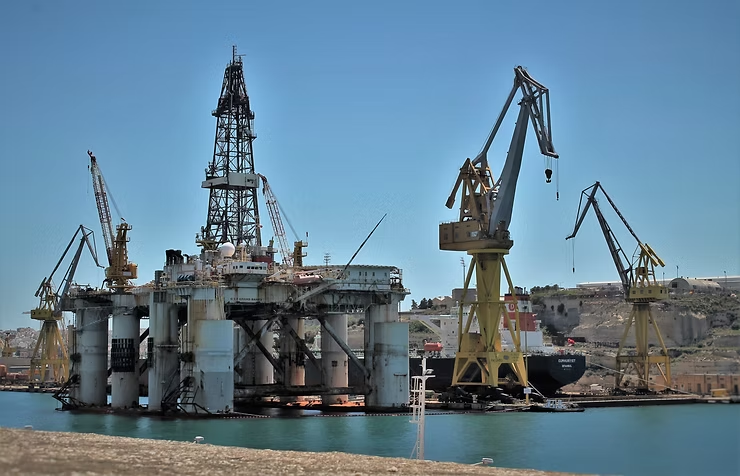Promoting Sustainable Coastal Development
Promoting sustainable coastal development practices is crucial to minimizing habitat destruction and ensuring the long-term health of coastal ecosystems. Coastal areas support diverse biodiversity, provide essential services, and contribute to economies through tourism, fishing, and recreation. Responsible development balances human needs with ecosystem preservation.
Key Practices for Sustainable Coastal Development
1. Ecosystem Preservation
Prioritize the protection of mangroves, salt marshes, and dunes, which buffer storms and rising seas.
2. Smart Zoning
Implement zoning regulations that guide development away from sensitive areas, minimizing habitat impact.
3. Buffer Zones
Create protective zones between developed areas and natural habitats to reduce human disturbances.
4. Adaptive Management
Employ adaptive management strategies to adjust plans based on new information and environmental changes.
5. Coastal Setbacks
Enforce regulations preventing construction too close to shorelines, reducing erosion and preserving habitats.
6. Sustainable Infrastructure
Use eco-friendly materials and designs to minimize ecological footprints and habitat disruption.
7. Habitat Restoration
Integrate restoration projects to enhance or create new habitats, offsetting development impacts.
8. Erosion Control
Use natural methods like beach nourishment and dune restoration to protect coastal ecosystems.
9. Green Building Practices
Encourage environmentally conscious construction to reduce carbon emissions and ecosystem disruption.
10. Public Education
Raise awareness about sustainable development to foster community support and responsible practices.
11. Community Engagement
Involve local communities in decision-making to align projects with their needs and values.
12. Ecotourism
Promote ecotourism as an economic incentive to preserve natural habitats and encourage sustainability.
13. Marine Protected Areas
Designate protected zones to safeguard habitats and limit harmful coastal activities.
14. Coastal Monitoring
Regularly monitor ecosystems to detect changes early and enable timely interventions.
15. Partnerships
Collaborate with governments, NGOs, businesses, and communities for holistic coastal development strategies.
16. Climate Resilience
Incorporate climate change considerations like sea-level rise and storm intensity into planning.
17. Economic Valuation
Demonstrate the financial benefits of intact habitats to influence decision-makers toward sustainability.
18. Blue Economy Initiatives
Support sustainable fisheries and coastal tourism to maintain healthy ecosystems while boosting local economies.
19. Regulatory Frameworks
Develop and enforce laws ensuring coastal projects adhere to sustainable practices.
20. Long-Term Vision
Prioritize ecosystem health and resilience over short-term gains in coastal planning and development.
Conclusion
Sustainable coastal development preserves biodiversity, protects essential ecosystem services, and supports community livelihoods. By embracing responsible practices, collaborating with stakeholders, and considering long-term ecological and societal needs, we can ensure coastal areas thrive for generations to come.

